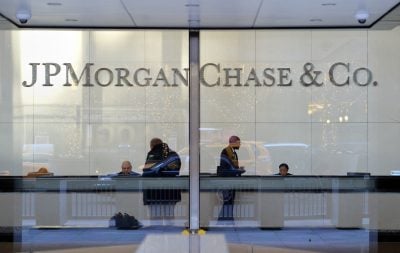Last year, 16 African states celebrated the 50th anniversary of their independence, yet many critics still point to a lingering neocolonialism, asking whether the degree of autonomy achieved since 1960 is sufficient to be truly independent. One of the more potent symbols of ‘dependence’ on the former colonial power is the CFA franc, the collective name of two currencies used in West Africa that are still guaranteed by the French treasury and pegged to the euro. CFA is the acronym for Communauté Financière Africaine (African Financial Community).
The CFA franc stands for the West African CFA franc and the Central African CFA franc, two currencies that, even though separate, are in practice interchangeable and which have a fixed exchange rate to the euro.
The CFA franc is used in 14 countries, 12 of which are former French colonies. Initially, the French colonies used currencies linked to the French franc but after independence, several countries left the franc zone: Tunisia in 1958, Morocco in 1960, Guinea in 1959, Algeria in 1964, Madagascar and Mauritania in 1973.
Comoros has always been part of the franc zone but has its own currency, the Comorian franc, which is pegged to the euro at a different rate. In 1985, Equatorial Guinea, a former Spanish colony, joined the CFA zone, as did the former Portuguese colony of Guinea-Bissau in 1997. Africa’s two monetary unions, the Western African Economic and Monetary Union (WAEMU) and the Central African Monetary Union (CAMU) use the CFA franc. (See previous story).
The CFA franc follows the same monetary policies set by the European Central Bank and executed by the Central Bank of West African States and the Bank of Central African States respectively. The two central banks issue currency and hold external reserves on behalf of the entire area (65% of which is in turn held in the Operations Account in Paris). They also extend credit facilities to banks and other financial institutions as well as to the member states’ governments. The convertibility of the CFA franc to the euro is guaranteed by the French Treasury.
Birth of the CFA
The CFA franc was created on 26th December 1945 in the wake of the Bretton Woods conference, in order to cushion the colonies from a strong devaluation of the franc. René Pleven, the French Finance Minister, explained the circumstances of its creation in these terms, “In a show of her generosity and selflessness, metropolitan France, wishing not to impose on her faraway daughters the consequences of her own poverty, is setting different exchange rates for their currency.”
In 1958, the CFA franc then became the ‘Franc of the French Community of Africa’ (FCFA), after Général de Gaulle introduced the notion of ‘community’ to the colonies of West and Central Africa. At the time, Guinea-Conakry, under Sékou Touré, was the only one to reject the offer and the country obtained independence in October 1958, some two years before the other colonies. In 1960, Guinea-Conakry left the franc zone, and set up its own currency and central bank.
The new French franc of December 1958 had a fixed parity of one French franc (FF) for 50 FCFA. This parity would not change for the next 36 years, until the devaluation of the CFA franc was imposed by France, on 12th January 1994.
In the second half of the 1980s, a sharp fall in cocoa, coffee, cotton and oil prices on international markets battered the CFA-zone economies. Simultaneously, the appreciation of the French franc against other major currencies made the zone’s exports less competitive. This double whammy, combined with rising wages and payment arrears, resulted in falling investment and capital flight.
The devaluation of 1994 proved to be a real shock for the economies of the zone. The currency lost half its value in one night as one French franc, previously worth 50 FCFA, became worth 100 FCFA.
The enormous rise in the price of imported foodstuffs across supermarkets is still remembered by people as an extremely difficult time.
With France’s membership of the euro on 1st January 1999, the parity remained the same, adjusted automatically, making one euro worth 6.55957 FF francs – equivalent to 655.957 FCFA. The currency is currently used by 140m people in 14 countries. In the last 10 years, growth in the WAEMU has been lower than that in non-franc regions in Africa, despite the latter not having the benefits of a single currency zone. However, the CFA zone balance of payments has been positive for five years and grew at 4.3% in 2010.
Related article
Want to continue reading? Subscribe today.
You've read all your free articles for this month! Subscribe now to enjoy full access to our content.
Digital Monthly
£8.00 / month
Receive full unlimited access to our articles, opinions, podcasts and more.
Digital Yearly
£70.00 / year
Our best value offer - save £26 and gain access to all of our digital content for an entire year!
 Sign in with Google
Sign in with Google 


